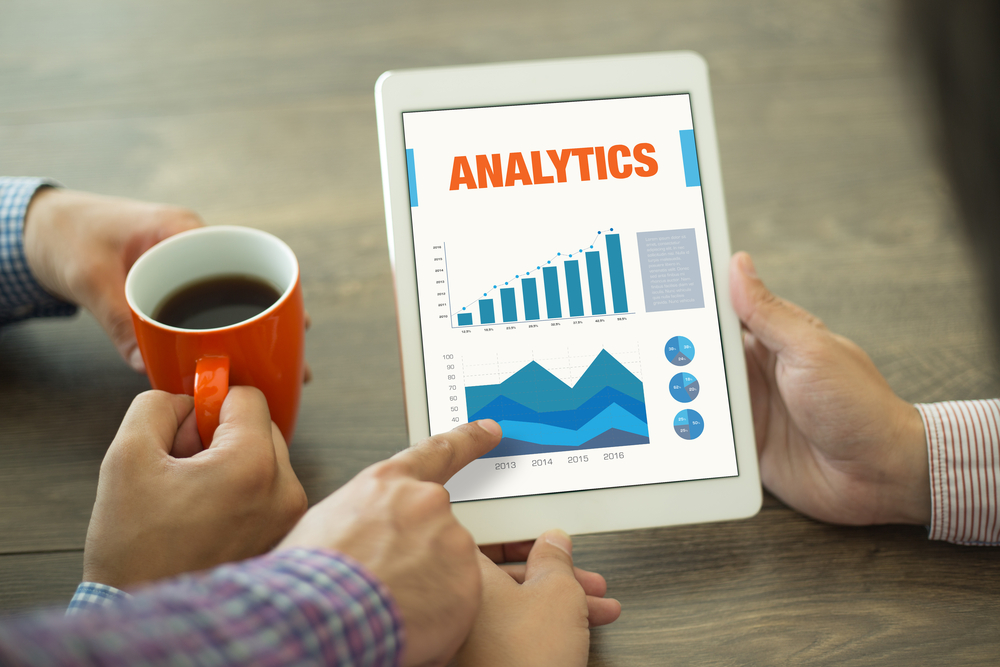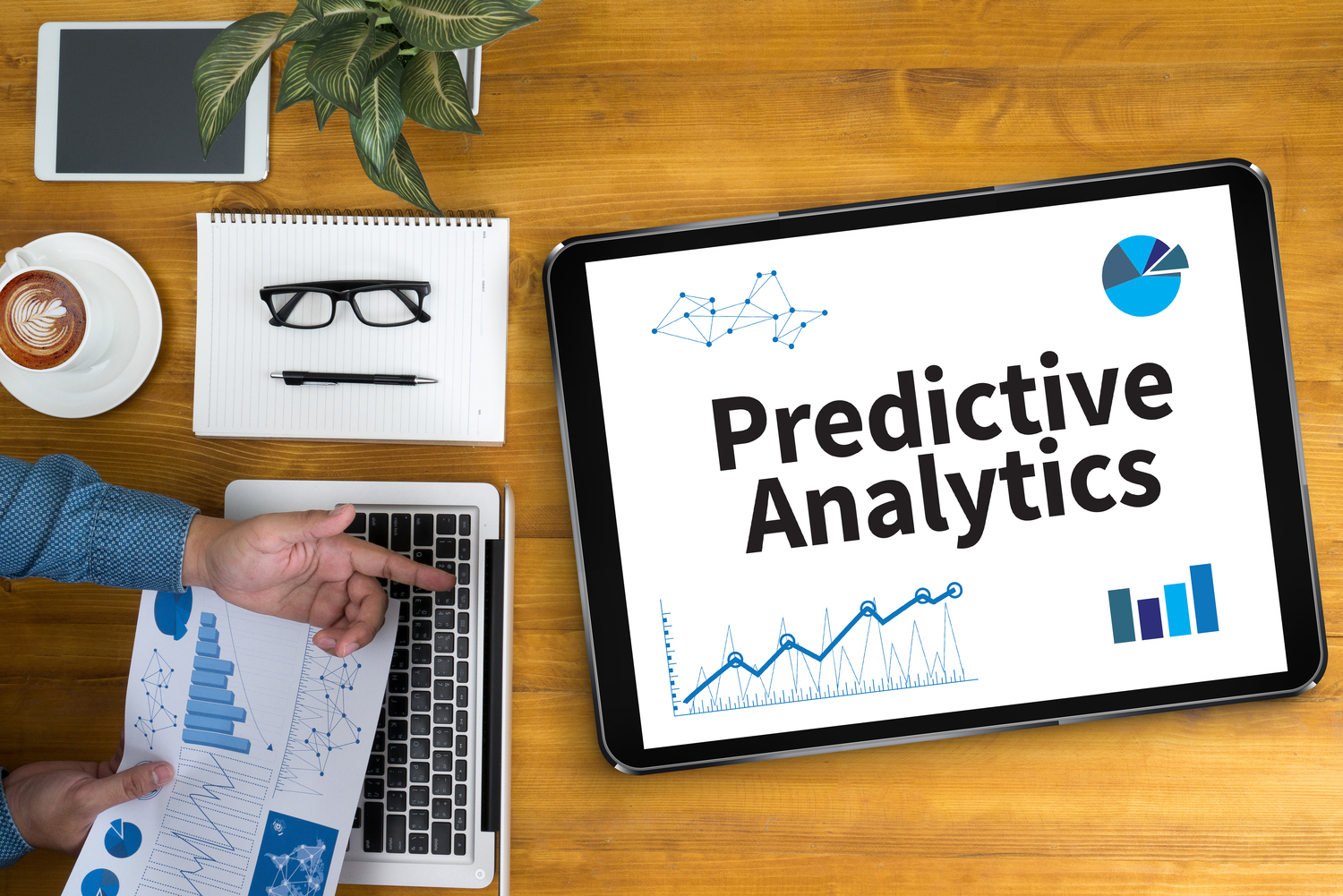Harnessing the Power of Predictive Analytics: A Complete Guide for Modern Businesses
This comprehensive article explores the growing importance of predictive analytics in modern business strategies. It discusses its benefits, implementation processes, and how various industries leverage this cutting-edge technology to improve decision-making, optimize operations, and enhance customer engagement. Embracing predictive analytics equips organizations with valuable insights for future growth and competitive advantage in today's data-driven world.

Harnessing the Power of Predictive Analytics: A Complete Guide for Modern Businesses
In today’s rapidly evolving digital landscape, predictive analytics has emerged as a cornerstone of strategic decision-making for businesses aiming to stay competitive. This advanced form of artificial intelligence involves analyzing vast amounts of historical and real-time data to forecast future trends, customer behaviors, and potential risks. By leveraging these insights, organizations can craft proactive strategies, optimize operations, and uncover new opportunities that drive growth and efficiency. This comprehensive guide explores the fundamental aspects of predictive analytics, its critical benefits in various industries, and practical ways to implement this powerful tool effectively.
Why Predictive Analytics is Integral to Modern Business Success
Although the concept and technologies behind predictive analytics have existed for decades, recent advancements in data processing, storage, and machine learning algorithms have propelled their widespread adoption. As digital platforms and e-commerce continue to grow exponentially, businesses are faced with an unprecedented volume of data. Sifting through this data manually is impractical, making intelligent analytical tools essential. Predictive analytics offers a way to transform complex data sets into actionable insights that can influence strategic decisions at every level—marketing, operations, sales, and risk management.
With increased competition and the rapid pace of digital innovation, organizations need smarter ways to stay ahead. Predictive analytics provides a clear competitive advantage by enabling companies to anticipate customer preferences, identify potential threats, and allocate resources more effectively. Here are key reasons why predictive analytics has become indispensable:
It’s accessible and straightforward to integrate into existing systems for most organizations, regardless of size or industry.
It combines data from multiple sources—such as customer interactions, sales figures, social media, and IoT devices—to generate comprehensive insights.
It is cost-efficient and more reliable than traditional research methods, reducing the reliance on guesswork and intuition.
### Why Modern Businesses Must Embrace Predictive Analytics
These compelling factors demonstrate the strategic importance of predictive analytics in contemporary commerce:Refining Marketing and Customer Engagement: By analyzing customer response data, businesses can craft targeted marketing campaigns tailored to specific demographics and preferences, particularly when expanding into new markets or customer segments. Predictive models forecast customer behaviors, allowing for personalized marketing approaches that improve conversion rates and customer loyalty.
Strengthening Fraud Detection and Cybersecurity: Monitoring digital transactions with behavioral analytics helps identify suspicious activities and potential fraud in real-time. This proactive approach enhances cybersecurity measures, protecting sensitive data and financial assets from malicious attacks.
Enhancing Operational Efficiency and Innovation: As market dynamics shift swiftly, predictive analytics supports continuous improvement in sales strategies, inventory management, and promotional tactics. By anticipating demand patterns, organizations can optimize supply chains and reduce wastage, ultimately increasing revenue and profitability.
Reducing Financial Risks and Improving Decision-Making: In banking, insurance, and lending sectors, credit scoring models leverage predictive analytics to assess client reliability accurately. This results in smarter lending decisions, reduced default rates, and better risk management.
### Implementing Predictive Analytics in Business Processes
Successfully incorporating predictive analytics involves several essential steps:Data Collection and Cleansing: Gathering relevant data from diverse sources—such as databases, cloud storage, and social media—and ensuring its accuracy and consistency through cleaning and validation processes. Visualizing the cleaned data helps identify patterns and anomalies.
Building Predictive Models: Using statistical techniques and machine learning algorithms, organizations develop models that can simulate various scenarios. These models continuously learn and adapt based on new data inputs, enhancing their accuracy over time.
Integration and Deployment: Embedding predictive models into existing platforms like customer management systems, e-commerce websites, or enterprise resource planning (ERP) tools ensures real-time insights are accessible for decision-makers. This integration helps automate responses, optimize processes, and support predictive decision-making.
### Industries Leading the Way with Predictive Analytics
As a versatile and scalable technology, predictive analytics finds application across numerous sectors, including:Banking & Financial Services: Credit risk assessment, fraud detection, investment forecasting.
Retail & E-commerce: Customer segmentation, personalized recommendations, inventory optimization.
Hospitality & Tourism: Dynamic pricing, guest experience personalization, demand forecasting.
These industries continue to reap substantial benefits by leveraging predictive analytics to enhance efficiency, customer satisfaction, and profitability.In conclusion, predictive analytics is not just a technological trend but a vital component of strategic planning in the modern digital economy. Organizations that invest in understanding and implementing predictive analytics position themselves strongly for future success by making smarter, data-driven decisions that foster growth, innovation, and resilience.





